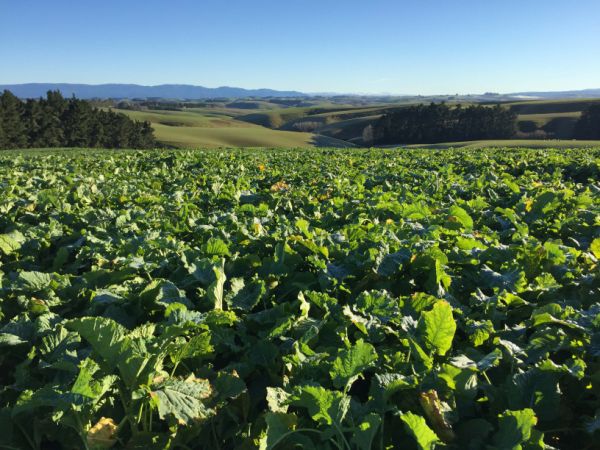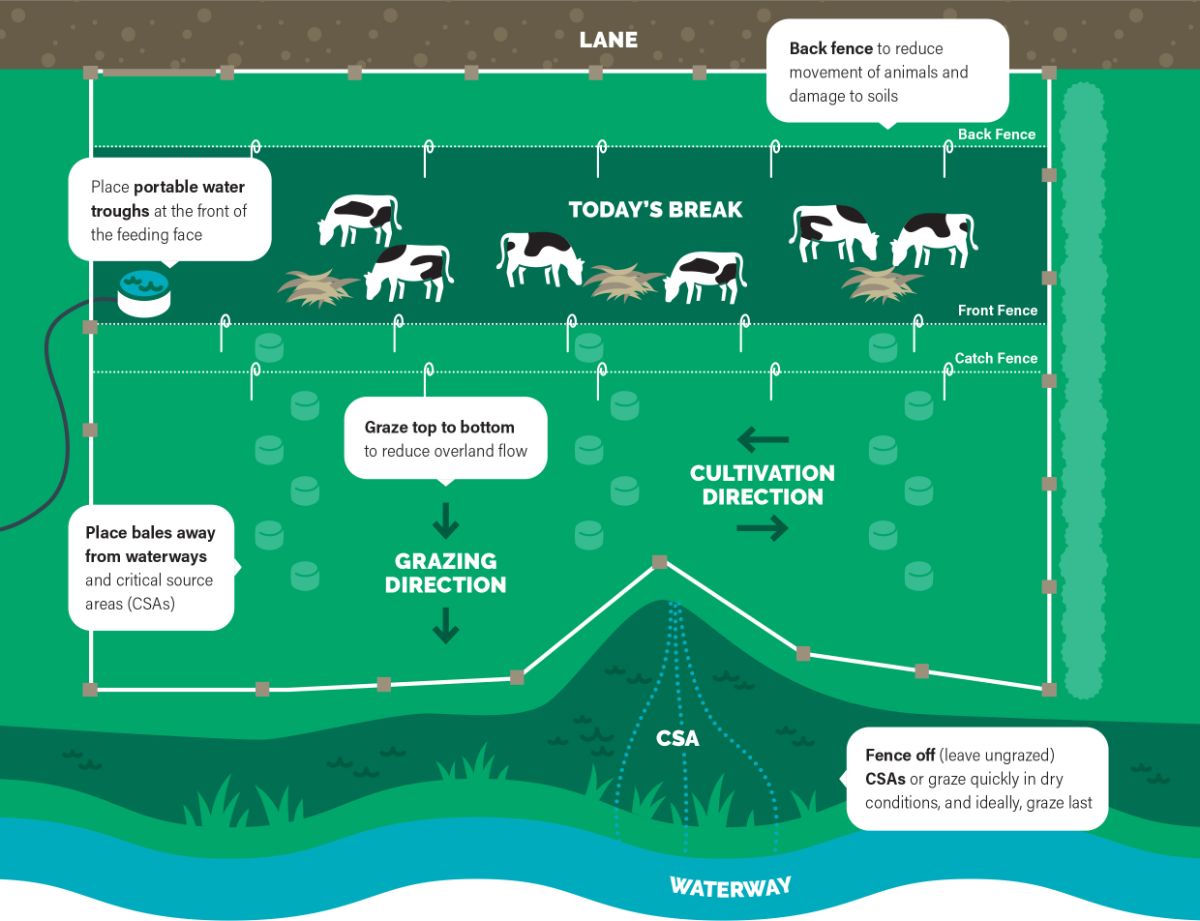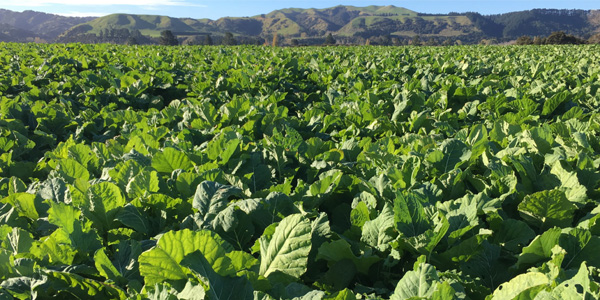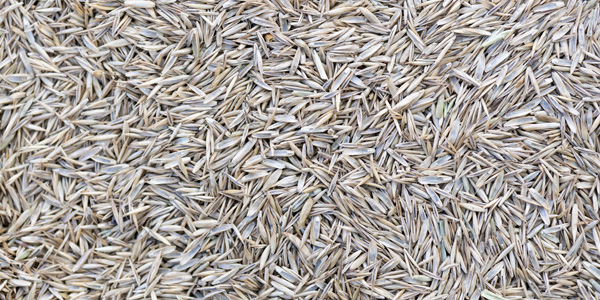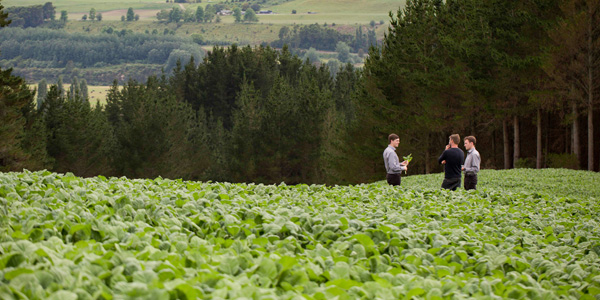
Brassica Grazing: Environmental
Brassica Grazing: Environmental
Brassica Management
Environmental Considerations for Feeding Winter Crops
Winter grazing of crops is a key source of sediment, nutrient and pathogen loss into waterways from farms. Reducing losses from winter crops can go a long way to reducing total farm losses. With a few simple steps, you can make a real difference now. Soil is our greatest asset, so holding onto more of it makes good economic sense. Damage to soil from poor grazing management of winter crops will impact on the future productivity of that paddock. Too much soil and nutrients in waterways can impact on their ecology and can kill freshwater species.
What can you do?
- Exclude stock from waterways. Create an ungrazed buffer zone of crop between the livestock and the waterway. 3-5 metres is a good starting point but this should increase with slope and instability of soil.
- Leave an ungrazed buffer zone around either side of Critical Source Areas (CSAs). These are parts of the paddock that can channel overland flow directly to waterways, like gullies, swales, very wet areas, spring heads, waterway crossings, stock camps and vehicle access routes.
- Graze paddocks strategically. On a sloping paddock, fence across the slope and start grazing at the top of the paddock, so the standing crop acts as a filter. Or, if there is a waterway present, start grazing at the opposite end of the paddock.
- Make breaks "long and narrow". Research shows that the crop will be utilised more efficiently by cattle.
- Back fence. Regularly back fence stock off grazed breaks to help minimise pugging damage and to reduce run-off risk.
- Water and supplement placement. Place troughs and supplementary feed in a dry central part of the paddock well away from any waterways or CSAs.
- Provide adequate feed, shelter and clean fresh drinking water. Doing this will also limit stock movement and help reduce damage to crop and soil.
- Plant a catch crop. Where soil conditions and farm management allow, consider planting a fast growing crop in spring such as greenfed oats or Ecotain® environmental plantain. It can make a dramatic difference to reducing nitrogen losses - see Catch Crops for more.
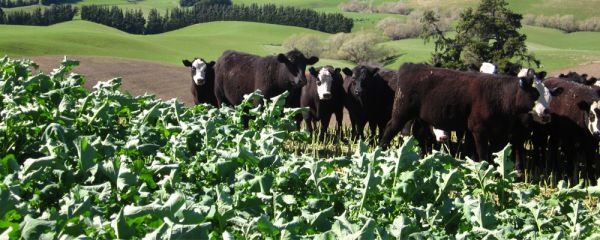
See our Brassica range
VIEW PRODUCTS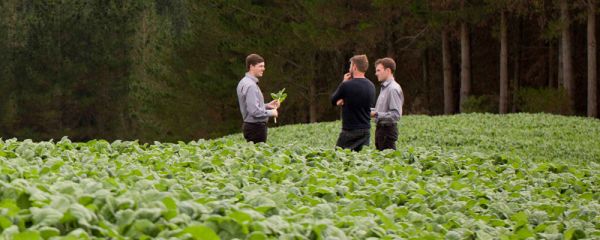
Contact our Team
GET IN TOUCH
TOP
